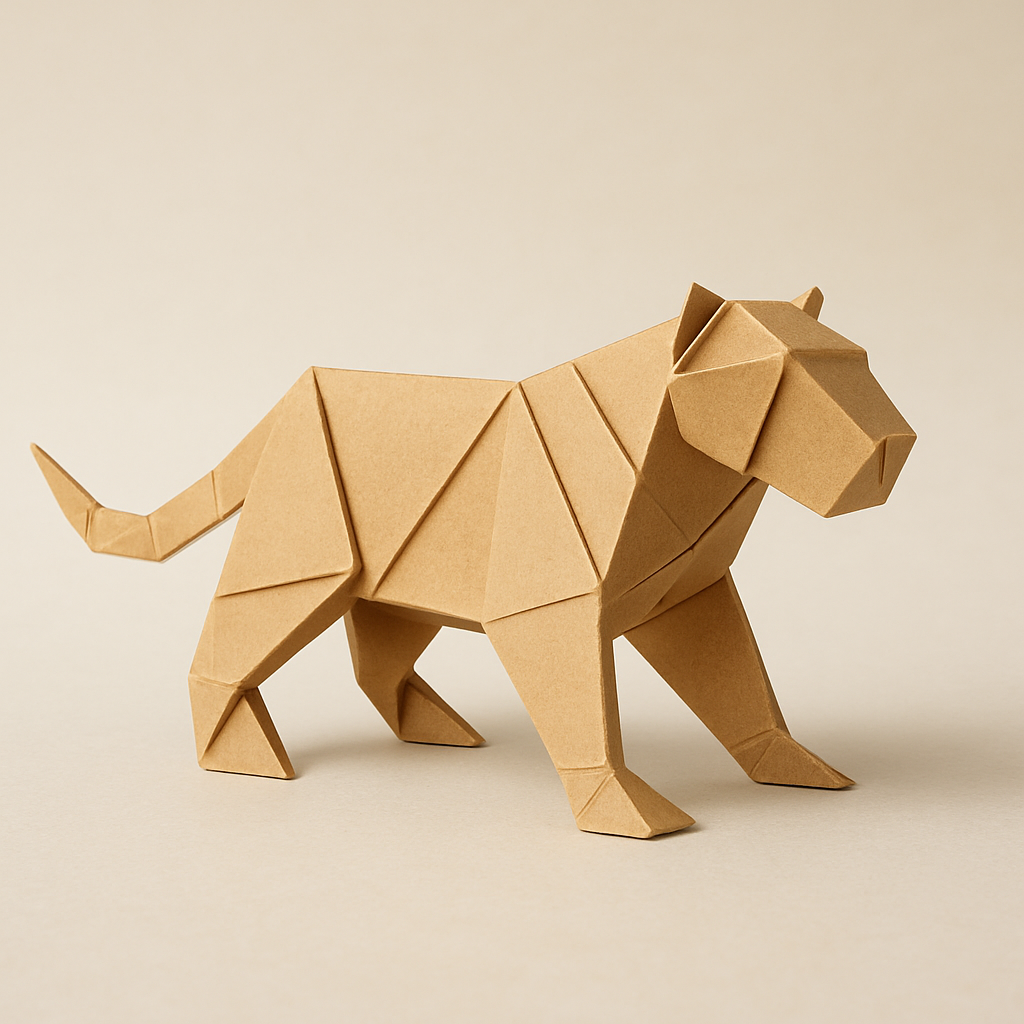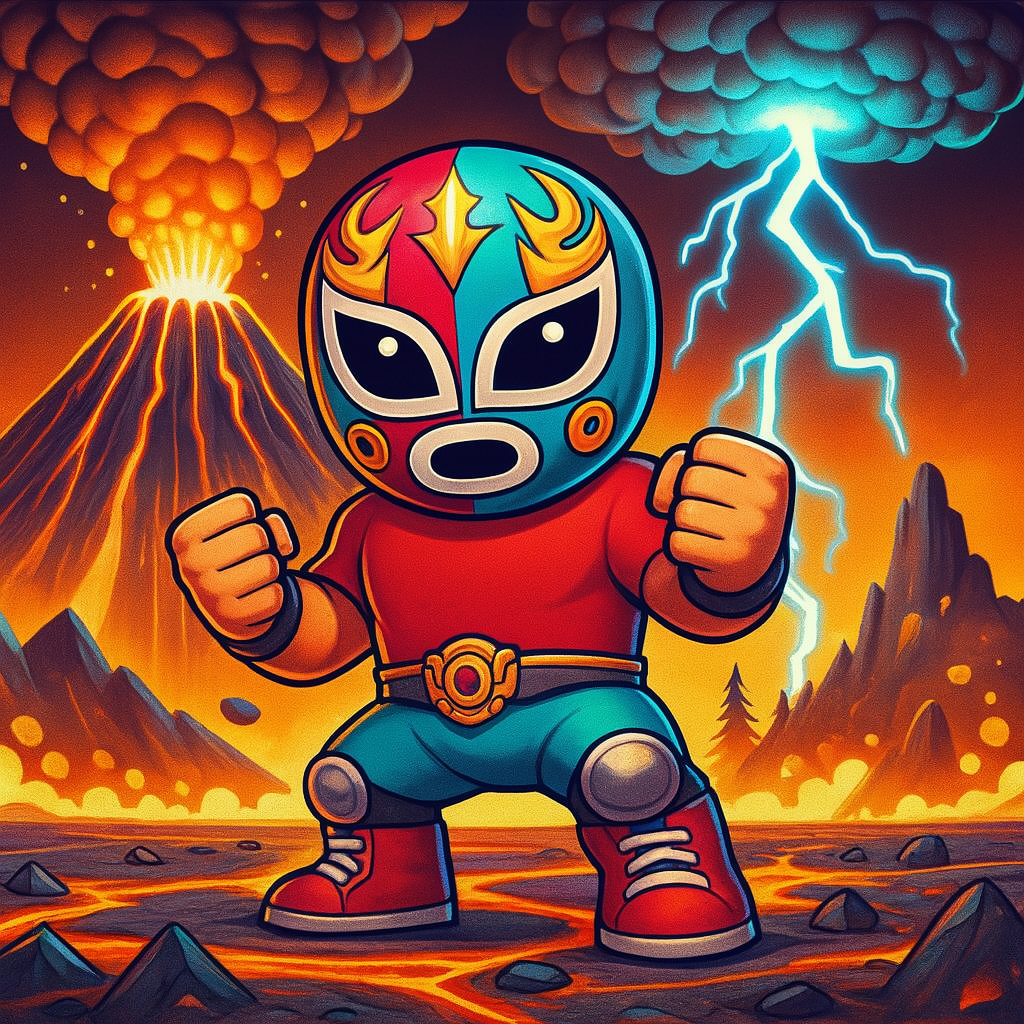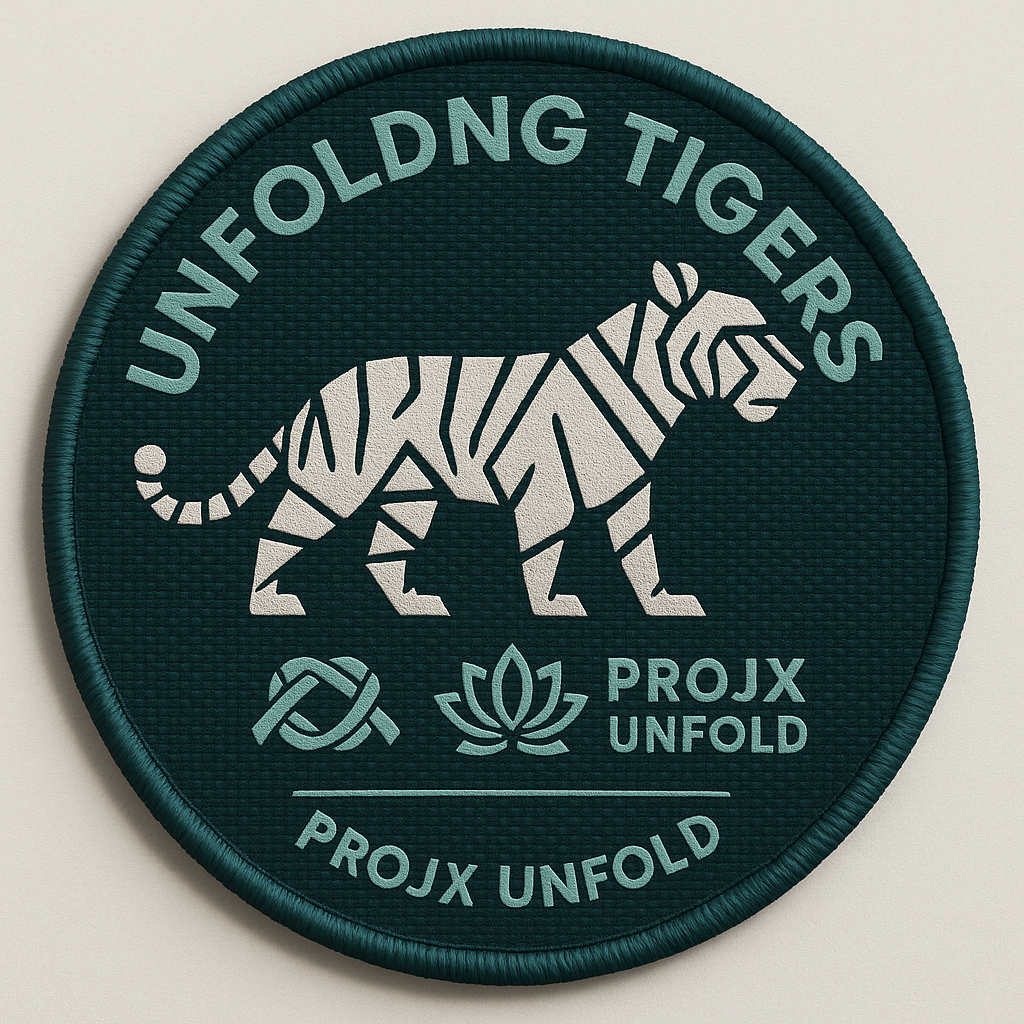Our Unfolding Mission
Coach Jacob Cerda (Above)
Fury MMA Bantamweight Champion
John Yannis (Below)
ABOUT UNFOLDING TIGERS
Listen,
I love that mental health is more accepted and understood now than it was 20 years ago. But everyone is different.
While meditation is an important tool, sometimes I struggle to sit still through it. Breathing techniques work—sometimes.
But there are days when the energy my mind creates in my body is too much to just sit with.
Martial arts, though—that’s been a game changer.
After a few hard rounds, I leave the gym with an overwhelming sense of peace. Suddenly, walking through crowded, fluorescent-lit grocery store aisles feels kind of fun.
But before Brazilian Jiu-Jitsu, I would’ve done everything I could to avoid being around people.
And as I talk to others at different gyms, I’m realizing a lot of martial artists feel the same way.
MY JOURNEY
See, for over 20 years, I’ve had a panic attack disorder. Not every day. Not even every year. But I’d live 2–3 years of calm, followed by stretches of darkness—crippling anxiety and depression.
Agoraphobic. Isolating. Paralyzing.
But I’m better now.
And when I’m low, I’m stronger and able to pull myself out of the depths easier.
I’ve spent the last 20 years learning who I am, what makes me…well…me.
I’ve found endless strength in faith and I’m more confident.
Looking back, would I call all of that a blessing?
Honestly, yeah.
Because through that journey, I’ve learned so much about mental health.
And in turn, I’ve been able to help others—just by opening up.
Every time someone shares their story with me, I’m floored. So many of us carry the same struggles.
Life is hard.
You can act like the toughest person in the room, but that weight gets heavy.
And while I’m often surprised when someone confides in me, I also think about how few people would ever guess that I live with anxiety and depression.
It’s amazing how good we are at wearing masks.
(Side note: during one of my recent runs with panic attacks, a nurse friend came by and told me her husband had just been diagnosed with ADHD. He was in his 40s. She said, “You act just like him—you need to get checked.” I laughed it off. But yeah... turns out she was right. Likely a severe case. Did you know nearly 70% of people with ADHD also experience anxiety and depression?)
That brings me to the gym.
A little over a year ago, I joined a BJJ gym to get in shape. And right away, I started having panic attacks—on the way there, sometimes even between rounds.
But I didn’t run. I couldn’t. I knew better.
I just kept showing up.
There are so many similarities between what happens in your mind and what happens on the mat.
Positive affirmations in the mirror are great.
But have you ever found calm while someone is trying to choke you out?
That moment when you don’t panic—when you stay with it, steady your breathing, and find a way to escape?
That’s real. And you feel powerful.
And after class, when I’d talk about what I was going through, I kept hearing the same thing back:
“Me too.”
I even had a conversation with a childhood friend who boxes. And it hit me—he definitely had ADHD.
But in our culture, we don’t talk about that.
We’re told to “tough it out” or, worse, get punished for it.
But untreated or undiagnosed mental health conditions or neurodivergence?
It doesn’t go away.
It grows into depression, frustration, anger—and it limits your potential.
Sure, it’s helpful to hit the gym and punch out your rage.
But we need more.
We need to acknowledge that help is okay—and sometimes essential.
We need healing.
And we need structure, designed around the way our brains and bodies actually work, not the way they’re expected to.
WHY PAPER TIGERS?
People with anxiety are more than likely wildly creative.
But creativity can turn inward and become destructive if left unchecked.
We overthink.
We imagine problems.
We get stuck in loops.
We prepare for the worst.
Sometimes that helps.
But too much of it? It steals our lives.
Years ago, I heard someone describe anxiety as a Paper Tiger. And that stuck.
It’s something that looks terrifying—something we’ve folded together out of our trauma, fears, insecurity, and stress.
But in the end, it’s just paper.
Not real. It’s harmless.
That’s what Unfolding Tigers is all about.
I’m using martial arts not only to create a community that supports each other—but to empower a collective to help others.
A good chunk of us learn martial arts to not only help ourselves but protect others.
It’s the same thing.
JUNIOR TIGERS
I made the Junior Tigers page for kids.
I love professional wrestling—especially Luchadors—and I wanted to create something I wish I had when I was little.
A place where kids could explore mental health in a way that makes sense to them.
Looking back, I see now that my brain always worked differently.
But growing up in the 80s, no one talked about ADHD or anxiety.
Mental health wasn’t on the radar. What could you do?
Now? We can do better.
For the next generation.
COMMUNITY
The first big goal: build the community.
I want to help grow a network of mental health advocates in martial arts gyms across the country—people who can support their teammates both on and off the mats.
I want to create a collective that shares stories, tools, and real human support.
And when you see the Paper Tiger—on a patch, a shirt, or a gi—you’ll know exactly what it means:
“You’re safe here. You can talk. I’ll listen.”





